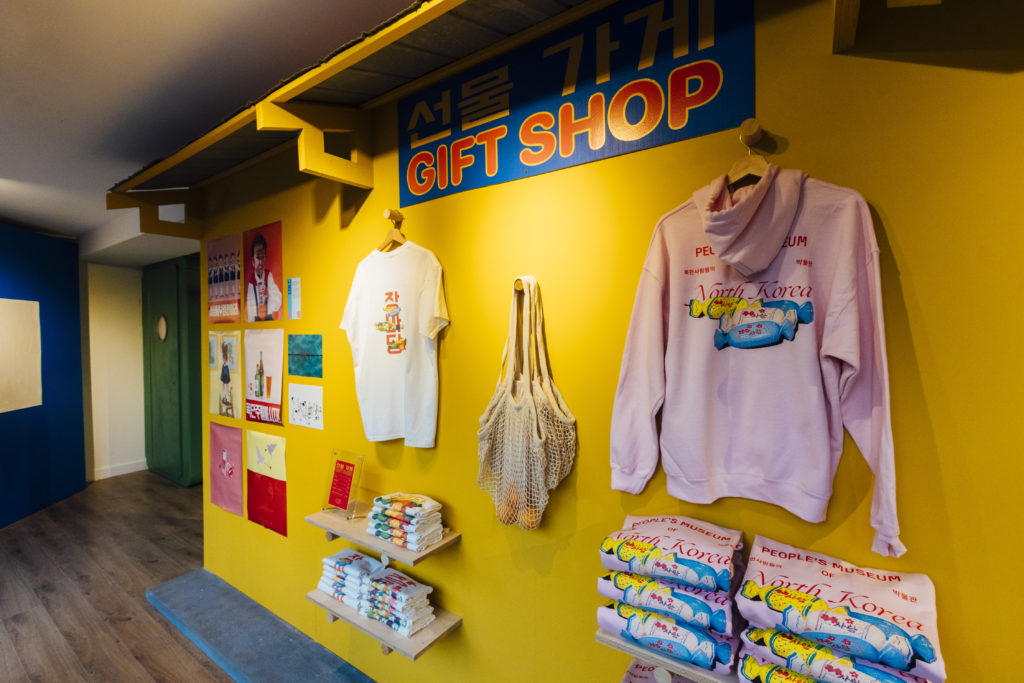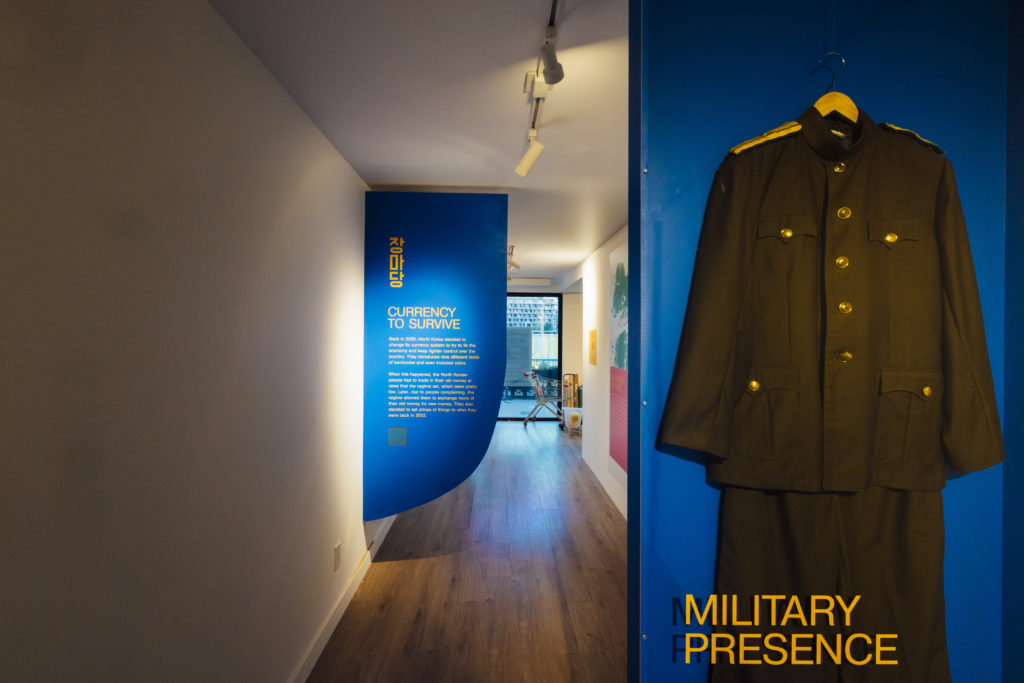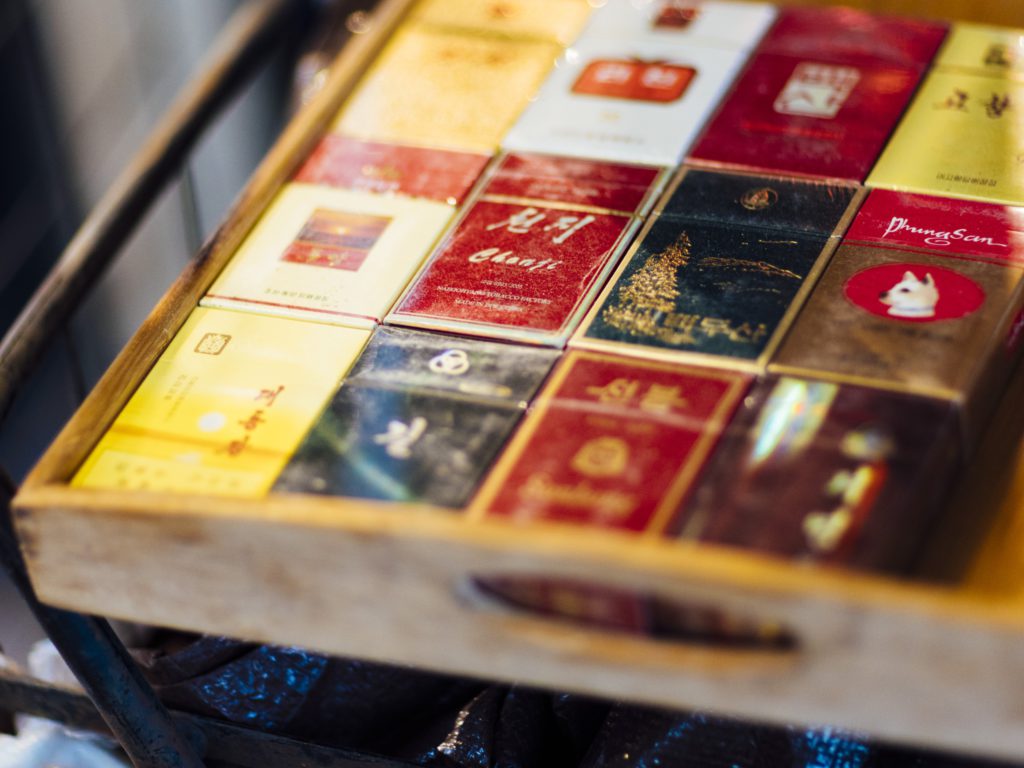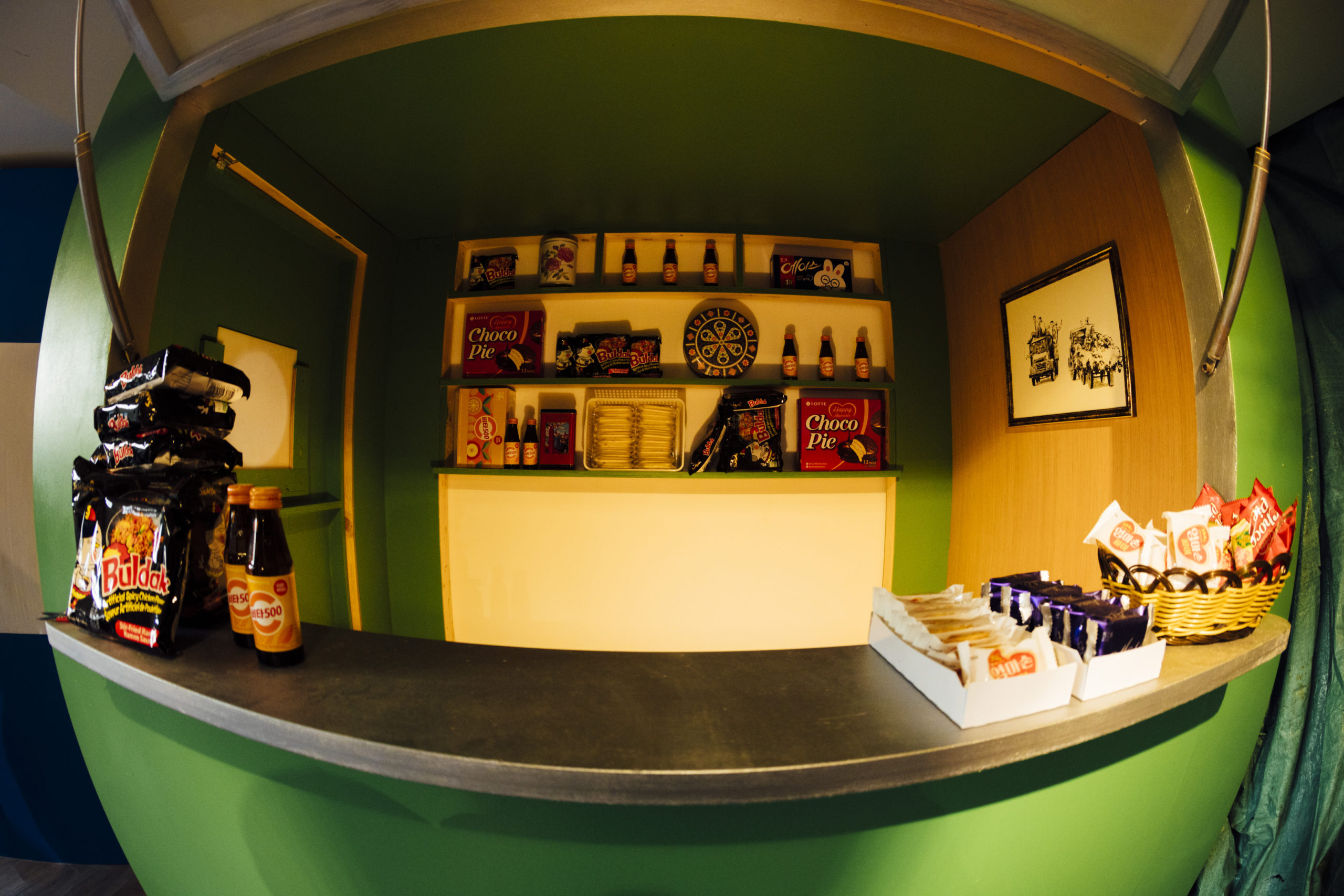The People’s Museum of North Korea is an immersive art exhibit curated by HanVoice, a human rights organization aimed at garnering Canadian attention and support for the humanitarian crises in the Korean peninsula. The exhibit showcases North Korean street markets or jangmadang, and the lives of local North Koreans forsaken by their government.
The exhibit runs until Oct. 21, from 5 p.m. – 9 p.m. on weekdays and 11 a.m. – 9 p.m. on weekends at Stackt Market in Toronto. It was also featured at Toronto’s Nuit Blanche, attracting up to 1500 visitors.

Courtesy of HanVoice 
Courtesy of HanVoice 
Courtesy of HanVoice
Henah Yoo, project coordinator at HanVoice, explains the inspiration behind the exhibit: to empower the voices of the people of North Korea. “Our organization moves beyond the political nature of the conversation that’s currently held and we really want to highlight the actual experiences of day-to-day lives of North Koreans,” she says.
Furthermore, Henah adds that HanVoice is Canada’s largest non-profit organization focused on North Korean human rights issues. She explains that North Korea commits egregious human rights violations within its nation, but the stories of North Korean citizens are not just those relating to their suffering; the stories HanVoice shares are the stories of silent rebellions against an authoritarian regime.
“What we wanted to shed light into is not just the suffering stories of North Koreans, but also how they’re instigators of change through street markets like jangmadang, through local entrepreneurship and moving beyond the government’s support and also fleeing their home country to fight for their freedom,” says Henah. “They’re agents of freedoms themselves, and that’s the kind of empowering message and narrative we wanted to shed light into.”
Henah explains the history behind jangmadang as indications of change, “Jangmadang, the street markets in North Korea were started off by the women in North Korea. There were a couple incidents or events that caused them to start this grey market.” Henah says that three significant events led to the development of jangmadang: a devastating flood washing away North Korean farmlands in 1994–1995, the diversion of government budget into the military and subsequent economic hardships on vulnerable groups, and the dissipation of the Soviet Union’s support and aid to North Korea.
Therefore, Henah explains, “We wanted to represent the symbol of their survival, moving beyond government support and finding their own means to support themselves. And today, there’s about 414 of these so-called jangmadang street markets across North Korea. It has become a regular shopping ground, a place for everyday people to connect and serve as local entrepreneurship. It has become a symbol of North Korean people’s resilience and defiance.”
Henah adds that all proceeds from the Museum go towards merchandise, privately sponsoring North Korean families and individuals, and helping them integrate into Canada. To conclude, the aim of both HanVoice and The Peoples Museum of North Korea is to overturn disempowering narratives currently utilized in the media regarding North Korean people and to represent them as agents of freedom.
More information on donations and the exhibit can be found here.


